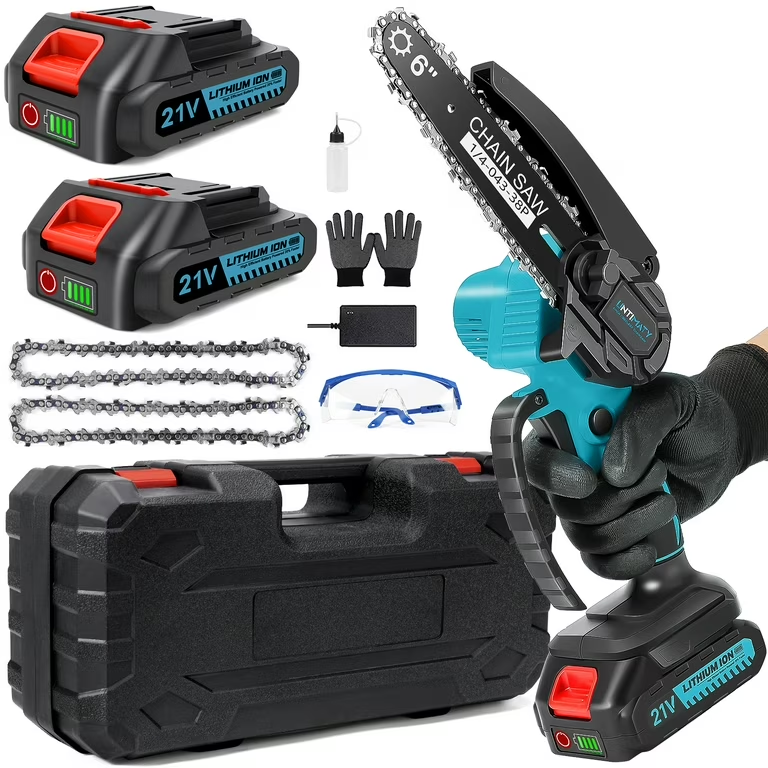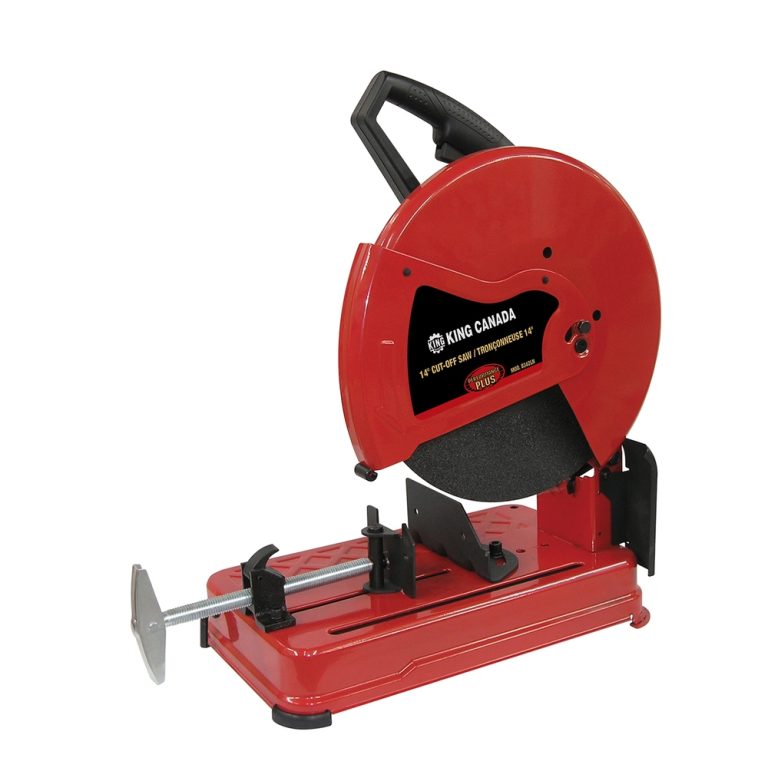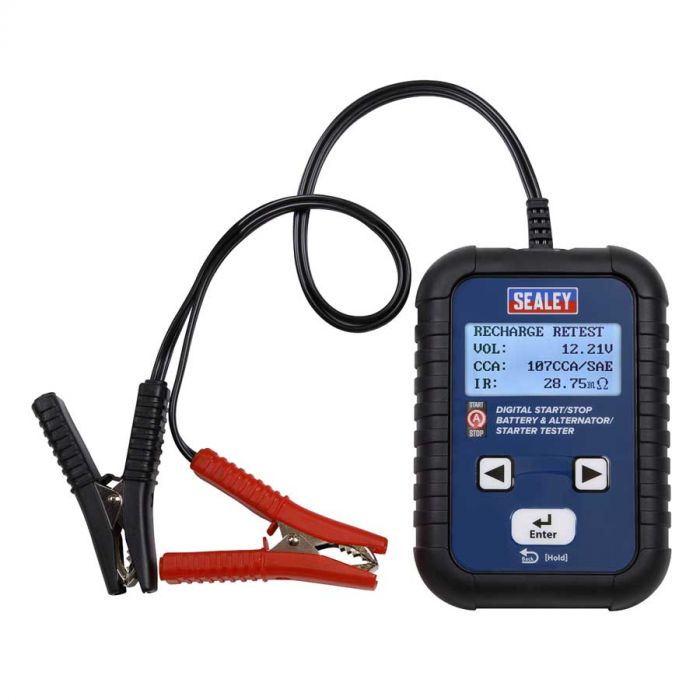
Small Chain Saws: Compact Power for Cutting Tasks
The Rise of Small Chain Saws in Modern Cutting
Small chain saws have revolutionized the way people approach cutting tasks in both professional and personal settings. These compact powerhouses combine the cutting efficiency of traditional chain saws with enhanced maneuverability and ease of use. Homeowners, landscapers, and arborists alike have embraced small chain saws for their versatility and convenience. Unlike their larger counterparts, small chain saws allow users to navigate tight spaces and perform precise cuts with greater control. The reduced size doesn’t compromise power, as manufacturers have developed efficient motors and battery technologies to ensure these tools can handle a wide range of cutting jobs.
From pruning tree branches to cutting firewood, small chain saws prove their worth in various applications. The popularity of these tools has grown significantly in recent years, driven by improvements in battery life, ergonomic designs, and safety features. As urban and suburban dwellers seek to maintain their properties without the bulk and noise of full-sized chain saws, small chain saws have become an attractive alternative. Additionally, the increasing focus on sustainability has led to the development of electric and battery-powered models, offering eco-friendly options for environmentally conscious users. With their blend of power, portability, and versatility, small chain saws have carved out a significant niche in the power tool market, meeting the needs of both casual users and professionals alike.

Types of Small Chain Saws: Exploring the Options
Small chain saws come in several varieties, each designed to meet specific user needs and preferences. Electric corded models offer consistent power for extended use, making them ideal for jobs near a power source. These saws provide unlimited runtime but are limited by cord length and the need for an electrical outlet. Alternatively, battery-powered chain saws have gained popularity due to their cordless convenience and improving battery technology. Modern lithium-ion batteries offer longer run times and quicker charging, enhancing the practicality of these tools for various cutting tasks. Gas-powered small chain saws, while less common in the compact category, provide high power-to-weight ratios and are favored for more demanding jobs or in areas without easy access to electricity.
Pole chain saws, a specialized type of small chain saw, feature an extended reach for cutting high branches without a ladder. These tools often come in both electric and battery-powered versions, catering to different user preferences. Mini chain saws, the smallest in the category, are ultralight tools designed for one-handed operation, perfect for light pruning and craft work. Lastly, some manufacturers offer convertible models that can switch between a standard small chain saw and a pole saw, providing versatility for various cutting scenarios. Each type of small chain saw has its strengths, allowing users to choose the best tool for their specific needs, whether it’s for occasional home use or regular professional applications.
Key Features and Components of Small Chain Saws
Understanding the key features and components of small chain saws helps users make informed decisions and operate these tools effectively. The bar, which guides the cutting chain, typically ranges from 6 to 14 inches in small chain saws, determining the maximum cutting diameter. Shorter bars offer greater maneuverability, while longer ones allow for larger cuts. The chain, comprising cutting teeth and drive links, determines the saw’s cutting performance. Chain tension adjusters, often tool-less in modern models, allow for quick and easy chain tightening, essential for safe and efficient operation. The motor or engine serves as the powerhouse of the saw, with electric motors offering quiet operation and instant start-up, while gas engines provide high power in a compact form. Battery-powered models feature removable battery packs, often compatible with other tools from the same manufacturer.
Safety features play a crucial role in small chain saw design. Chain brakes stop the chain almost instantly in case of kickback, significantly reducing the risk of injury. Hand guards protect the user’s hands from debris and potential chain contact. Anti-vibration systems, more common in gas-powered models, reduce operator fatigue during extended use. Automatic oiling systems lubricate the chain and bar during operation, ensuring smooth cutting and prolonging the tool’s lifespan. Ergonomic handles, often with rubberized grips, provide comfort and control during use. Many small chain saws also feature tool-less chain tensioning systems, allowing for quick adjustments without additional tools. Understanding these components helps users select the most suitable small chain saw for their needs and maintain it properly for optimal performance and safety.

Choosing the Right Small Chain Saw for Your Needs
Selecting the appropriate small chain saw involves considering several factors to ensure the tool meets specific requirements. First, evaluate the intended use. For light pruning and occasional yard work, a battery-powered or electric model with a shorter bar length may suffice. Professional arborists or those tackling larger cutting jobs might prefer a gas-powered model or a more robust battery-powered saw with a longer bar. Consider the typical cutting diameter of branches or logs to be cut, ensuring the chosen saw’s bar length can handle the task. Power source is another crucial factor. Corded electric models offer unlimited runtime but limited mobility, making them suitable for work near power outlets. Battery-powered saws provide greater portability and are ideal for users who need to move around frequently or work in areas without easy access to electricity.
Gas-powered models offer high power and portability but require more maintenance and produce emissions. Weight and ergonomics play significant roles, especially for extended use or overhead cutting. Lighter models reduce fatigue, while well-balanced designs improve control and precision. Safety features should never be overlooked. Look for models with reliable chain brakes, low-kickback chains, and hand guards. For less experienced users, saws with additional safety features like chain catchers and throttle locks may be beneficial. Consider the availability of spare parts and the ease of maintenance when making a selection. Some brands offer better support and more readily available replacement components. By carefully weighing these factors, users can choose a small chain saw that not only meets their current needs but also serves them well for years to come.
Safety Considerations and Best Practices
Safety should be the top priority when operating small chain saws. Users must always wear appropriate personal protective equipment (PPE), including safety glasses, hearing protection, cut-resistant gloves, and sturdy footwear. For professional use or when felling trees, a hard hat is essential. Before starting the saw, inspect it thoroughly. Check the chain tension, ensure all guards are in place, and verify that the chain brake functions properly. When starting the saw, place it on the ground and hold it firmly to prevent accidents. Always maintain a proper stance with feet shoulder-width apart and maintain a firm grip on the saw with both hands. Keep the body to the left side of the saw to avoid being in the direct path of the chain in case of kickback.
Be aware of the surroundings, including potential hazards like electrical wires or unstable branches. Never cut above shoulder height, as this increases the risk of kickback and reduces control. When making cuts, start with the lower part of the bar near the bumper spike, allowing the saw to cut at its own pace without forcing it. Be particularly cautious of kickback, which can occur when the upper quadrant of the bar’s tip contacts an object or when the wood closes in and pinches the chain. Always keep the work area clean and free of debris to prevent tripping hazards. For battery-powered models, remove the battery when performing maintenance or when the tool is not in use.

Maintenance and Care for Longevity
Proper maintenance of small chain saws ensures their longevity, safety, and optimal performance. Regular cleaning is essential. After each use, remove debris from the saw, paying particular attention to the chain, bar, and sprocket. For electric and battery-powered models, ensure the air vents are clear to prevent overheating. Chain maintenance is crucial. Check the chain tension before each use, adjusting it as necessary. A properly tensioned chain should fit snugly against the bar but still move freely by hand. Sharpen the chain regularly using a round file of the correct diameter for the chain type. Some users prefer to have chains professionally sharpened to ensure consistency.
The guide bar requires attention too. Periodically clean the bar groove and oil port to ensure proper lubrication. Rotate the bar regularly to promote even wear. For models with an automatic oiling system, check the oil reservoir before each use and refill with the manufacturer-recommended bar and chain oil. Battery-powered saw users should follow proper battery care practices, including storing batteries at room temperature and avoiding complete discharge. For gas-powered models, proper fuel mixture is critical. Use fresh fuel and mix it according to the manufacturer’s specifications.
Clean or replace the air filter regularly, and check the spark plug condition. Periodically inspect all nuts, bolts, and screws, tightening them as needed. Replace worn or damaged parts promptly to maintain safety and performance. Store the saw in a dry, secure place, using a bar cover to protect the chain and prevent accidents. By following these maintenance practices, users can extend the life of their small chain saws and ensure they remain safe and efficient cutting tools for years to come.
Innovative Features in Modern Small Chain Saws
The small chain saw market has seen significant innovations in recent years, enhancing user experience, safety, and efficiency. One notable advancement is the improvement in battery technology. Modern lithium-ion batteries offer longer run times, faster charging, and better power output, making battery-powered models increasingly competitive with gas-powered saws. Some manufacturers have introduced brushless motors, which provide more power, longer life, and better efficiency compared to traditional brushed motors. Smart features are becoming more common.
Some models now include digital displays showing battery life, chain tension, and even providing maintenance reminders. Automatic chain tensioning systems adjust the chain to the optimal tension during operation, reducing the need for manual adjustments and improving safety. Improved ergonomics is another area of innovation. Manufacturers are designing saws with better weight distribution and anti-vibration systems, reducing user fatigue during extended use. Some models feature tool-less chain tensioning and bar replacement, making field maintenance quicker and easier. Safety innovations include enhanced kickback protection systems and chain brakes that activate not just from inertia but also from electronic sensors detecting sudden movements. For gas-powered models, advancements in engine technology have led to reduced emissions and improved fuel efficiency.
Some electric models now feature variable speed controls, allowing users to adjust the chain speed for different cutting tasks. Noise reduction technologies in both electric and gas models make these tools more neighbor-friendly and comfortable to use for extended periods. As the trend towards cordless tools continues, some manufacturers are developing battery systems compatible across multiple tools, increasing the value and convenience for users invested in a particular brand ecosystem. These innovations continue to make small chain saws more accessible, efficient, and safer for both professional and home users.
Professional Applications of Small Chain Saws
Small chain saws have found numerous applications in professional settings, proving their worth beyond casual home use. Arborists and tree care professionals rely on these compact tools for precision pruning and limbing, especially when working at heights or in confined spaces. The lightweight nature of small chain saws makes them ideal for climbing operations, where larger saws would be cumbersome and potentially dangerous. Landscapers use small chain saws for a variety of tasks, from shaping ornamental trees to clearing fallen branches after storms. The portability of these tools allows for quick response to client needs without the need for heavy equipment.
In the construction industry, small chain saws are useful for cutting wooden beams, posts, and other materials on job sites. Their compact size allows for easy transport and storage in work vehicles. Firefighters and emergency responders often include small chain saws in their equipment for rescue operations and clearing access paths in disaster scenarios. The quick start and maneuverability of these tools can be crucial in time-sensitive situations. Farmers and orchard managers find small chain saws invaluable for pruning fruit trees and maintaining windbreaks.
The precision offered by these tools helps in shaping trees for optimal fruit production without causing unnecessary damage. In the forestry sector, small chain saws complement larger saws for detail work and for maintaining equipment in the field. Utility workers use them for clearing vegetation around power lines and other infrastructure, where precision and control are essential. As professionals in various fields continue to recognize the versatility and efficiency of small chain saws, these tools are becoming standard equipment in many industries, adapting to meet specific needs and challenges.

DIY Projects and Home Use of Small Chain Saws
Small chain saws have opened up a world of possibilities for DIY enthusiasts and homeowners. These versatile tools enable users to tackle a wide range of projects that would be challenging with hand saws or impractical with larger chain saws. Tree maintenance becomes more accessible, allowing homeowners to prune branches, remove small trees, and manage overgrown shrubs without hiring professionals for every task. Firewood preparation is another common application, with small chain saws efficiently cutting logs to size for wood stoves or fireplaces.
In landscaping projects, these tools prove invaluable for creating natural edges along garden beds, cutting roots, or shaping wooden elements for garden structures. DIY furniture makers appreciate the precision of small chain saws for cutting larger pieces of wood or creating rustic effects in their designs. For home renovation projects, these saws can cut through old beams, trim door frames, or modify wooden structural elements. Artistic endeavors also benefit from small chain saws, with some craftsmen using them for wood carving or creating outdoor sculptures.
In disaster preparedness, homeowners find these tools useful for clearing fallen branches or cutting through debris. Small chain saws also facilitate the repurposing of wood, allowing DIY enthusiasts to transform old wooden items into new creations. For those interested in bushcraft or camping, compact battery-powered or manual chain saws become essential tools for processing firewood and creating camp amenities. As more homeowners seek self-sufficiency and engage in home improvement projects, small chain saws continue to grow in popularity, offering a balance of power and manageability for various cutting tasks around the home and garden.
Environmental Considerations and Future Trends
The evolution of small chain saws reflects growing environmental concerns and changing user preferences. Electric and battery-powered models are gaining popularity due to their lower emissions and reduced noise pollution. These eco-friendly options appeal to environmentally conscious users and those in noise-sensitive areas. Manufacturers are focusing on developing more efficient motors and longer-lasting batteries to enhance the performance of these green alternatives. Some companies are exploring the use of sustainable materials in saw construction, such as recycled plastics for handles and casings.
The trend towards battery-powered tools is likely to continue, with improvements in battery technology leading to longer run times and shorter charging periods. In the realm of gas-powered saws, advancements in engine design are resulting in cleaner-burning models that meet stringent emissions standards. Biodegradable chain oils are becoming more common, reducing the environmental impact of saw operation. The concept of tool sharing and rental services is growing, potentially reducing the number of rarely-used saws manufactured and disposed of. This shift towards a sharing economy model could decrease the overall environmental footprint of small chain saw usage.
Future trends may include the integration of smart technology, such as apps that provide maintenance schedules, usage tracking, and even remote diagnostics. As urban forestry gains importance, there may be increased demand for quiet, low-emission small chain saws for city use. The development of hybrid models, combining the benefits of both electric and gas-powered saws, could emerge as a versatile solution for various user needs. As awareness of environmental issues grows, the small chain saw industry is likely to continue innovating towards more sustainable, efficient, and user-friendly designs, balancing performance with ecological responsibility.

